Herd health screening using milk samples has been available in Ireland for the last seven or eight years. At this stage, there are a number of laboratories testing milk for diseases and many of the milk processors offer herd health screening five or six times a year as an extra package, alongside the normal statutory milk testing.
Bulk tank milk testing for disease offers the farmer an overview of the trends of disease in his or her herd. The milk is tested for antibodies to the various diseases so, in effect, it is testing for the herd’s exposure to certain diseases.
High antibody levels for any given disease would suggest a high exposure to that disease, as cows in the herd are producing antibodies to try to fight it. The most common diseases being tested for in the milk are IBR, BVD, liver fluke, leptospirosis, neopsora, salmonella and Johne’s disease. Most of the labs test for ostertagia or stomach worms also.
When the results come back for each disease they are either negative, low positive or high positive. A high-positive reading would suggest that the herd is highly exposed to the disease and some form of treatment may be necessary.
The type of test used in the lab varies depending on whether or not the herd is being vaccinated for that disease. Because vaccination encourages antibodies to the disease, it is important that the test used for the disease picks up the wild strain and not the vaccine antibody. This is vital when sending in samples and interpreting results.
Diagnostic tool
Effectively, bulk tank milk testing is a diagnostic tool and should be used as part of an overall herd health plan. For example, if a herd tests negative for parasites such as liver fluke or stomach worms, then the farmer could decide not to dose the cows for either at drying off and thus save money and reduce anthelmintic use.
However, these decisions should only be taken when all the results for the year are back as usually, exposure to diseases such as liver fluke and stomach worms increase in the autumn, towards the end of the grazing season. For contagious diseases such as BVD and IBR, decisions on vaccination should only be taken with veterinary advice. While your herd may be negative according to the bulk tank results, and thus have had no exposure to the disease, vaccinating will give the herd antibodies to the disease in the face of a future outbreak.
Likewise, herds that have not been vaccinated but are positive for the disease should see an improvement in overall animal health after vaccination. But whether to start or stop vaccinating depends on the bigger picture, such as disease risks locally and the biosecurity standards on the farm. Having bulk tank milk results for disease helps the farmer and vet to make better informed decisions. Bulk tank milk screening is not the be all and end all but it is a tool in the box in the fight against disease and parasites. The cost of the screening varies depending on the milk processor and the testing lab. Munster Herd Health charges €329 per year for tests and a one-to-one meeting with a vet. Glanbia offers three tests for €150.
This cost doesn’t change depending on herd size, so in larger herds the cost per cow or per litre is less and the advantages in terms of reduced drug use or early detection of a disease can be greater in overall terms.
The bulk milk test has limitations also. The first limitation is in the interpretation of the results. The results of the health screens are posted or emailed to the farmers involved whenever the results from the previous tests are ready. This is usually two or three weeks after they were sampled.
It is up to the farmer to interpret what to do with the information. While the bigger labs have vets help farmers to interpret the results, if the farmer doesn’t act on these then the process is a waste of time and money.
Number of animals
In terms of the test itself, there are a couple of things to keep in mind. Like with any test, there are sensitivities and specificities. How sensitive a test is determines the number of animals that are infected and that show up as infected in the test results. Ideally this should be 100%, which means no false negatives.
Test specificity refers to the percentage of non-infected animals that actually have negative results. Again, the target here is 100%, so no false positives. The sensitivity of the milk test for Johne’s disease is notoriously low at 18% so it shows up a lot of false negatives.
The specificity for Johne’s is better at between 95% and 100%, so there are fewer false positives. Animal Health Ireland do not recommend bulk tank screens to assess the prevalence of Johne’s disease in a herd.
Other considerations
1 The bulk tank milk test can only test cows whose milk is contributing to the bulk tank on the day of the sampling. If a cow is not contributing to the bulk tank because of mastitis or any other reason then her milk will not be tested.
2 Cows which abort or are sick are unlikely to be milked. While they may be carriers of disease and could be shedding virus, their presence in the herd won’t be identified in the milk test.
3Dry cows and recently calved cows will not contribute to the bulk tank.
4Depending on the number of cows being milked and the amount of milk in the tank, a positive cow in the herd may not be detected in the bulk tank readings due to dilution effects.
5A positive result when testing for antibodies may just represent lifetime exposure of some of the milking herd to the disease in question and may not be due to a current outbreak.
How to sample
If you are not involved in herd health testing with your milk processor, it is still possible to get bulk tank milk samples tested at private labs for a fee. You usually need to ring to order the testing kit in advance. This will then be sent out to the farm. Most of the labs send out sterile sample containers that have preservation tablets in them to prevent the milk from going sour in transit.
Turn on the bulk tank agitator for at least five minutes prior to sampling. Take the sample from the top of the bulk tank and not from the outlet. Use a sterile device to collect the sample – most labs recommend and supply a sterile 20mm syringe for taking the sample. Pour the sample into the container, fill in the form and post it back immediately.
Read more
Special focus: animal health 2017
Herd health screening using milk samples has been available in Ireland for the last seven or eight years. At this stage, there are a number of laboratories testing milk for diseases and many of the milk processors offer herd health screening five or six times a year as an extra package, alongside the normal statutory milk testing.
Bulk tank milk testing for disease offers the farmer an overview of the trends of disease in his or her herd. The milk is tested for antibodies to the various diseases so, in effect, it is testing for the herd’s exposure to certain diseases.
High antibody levels for any given disease would suggest a high exposure to that disease, as cows in the herd are producing antibodies to try to fight it. The most common diseases being tested for in the milk are IBR, BVD, liver fluke, leptospirosis, neopsora, salmonella and Johne’s disease. Most of the labs test for ostertagia or stomach worms also.
When the results come back for each disease they are either negative, low positive or high positive. A high-positive reading would suggest that the herd is highly exposed to the disease and some form of treatment may be necessary.
The type of test used in the lab varies depending on whether or not the herd is being vaccinated for that disease. Because vaccination encourages antibodies to the disease, it is important that the test used for the disease picks up the wild strain and not the vaccine antibody. This is vital when sending in samples and interpreting results.
Diagnostic tool
Effectively, bulk tank milk testing is a diagnostic tool and should be used as part of an overall herd health plan. For example, if a herd tests negative for parasites such as liver fluke or stomach worms, then the farmer could decide not to dose the cows for either at drying off and thus save money and reduce anthelmintic use.
However, these decisions should only be taken when all the results for the year are back as usually, exposure to diseases such as liver fluke and stomach worms increase in the autumn, towards the end of the grazing season. For contagious diseases such as BVD and IBR, decisions on vaccination should only be taken with veterinary advice. While your herd may be negative according to the bulk tank results, and thus have had no exposure to the disease, vaccinating will give the herd antibodies to the disease in the face of a future outbreak.
Likewise, herds that have not been vaccinated but are positive for the disease should see an improvement in overall animal health after vaccination. But whether to start or stop vaccinating depends on the bigger picture, such as disease risks locally and the biosecurity standards on the farm. Having bulk tank milk results for disease helps the farmer and vet to make better informed decisions. Bulk tank milk screening is not the be all and end all but it is a tool in the box in the fight against disease and parasites. The cost of the screening varies depending on the milk processor and the testing lab. Munster Herd Health charges €329 per year for tests and a one-to-one meeting with a vet. Glanbia offers three tests for €150.
This cost doesn’t change depending on herd size, so in larger herds the cost per cow or per litre is less and the advantages in terms of reduced drug use or early detection of a disease can be greater in overall terms.
The bulk milk test has limitations also. The first limitation is in the interpretation of the results. The results of the health screens are posted or emailed to the farmers involved whenever the results from the previous tests are ready. This is usually two or three weeks after they were sampled.
It is up to the farmer to interpret what to do with the information. While the bigger labs have vets help farmers to interpret the results, if the farmer doesn’t act on these then the process is a waste of time and money.
Number of animals
In terms of the test itself, there are a couple of things to keep in mind. Like with any test, there are sensitivities and specificities. How sensitive a test is determines the number of animals that are infected and that show up as infected in the test results. Ideally this should be 100%, which means no false negatives.
Test specificity refers to the percentage of non-infected animals that actually have negative results. Again, the target here is 100%, so no false positives. The sensitivity of the milk test for Johne’s disease is notoriously low at 18% so it shows up a lot of false negatives.
The specificity for Johne’s is better at between 95% and 100%, so there are fewer false positives. Animal Health Ireland do not recommend bulk tank screens to assess the prevalence of Johne’s disease in a herd.
Other considerations
1 The bulk tank milk test can only test cows whose milk is contributing to the bulk tank on the day of the sampling. If a cow is not contributing to the bulk tank because of mastitis or any other reason then her milk will not be tested.
2 Cows which abort or are sick are unlikely to be milked. While they may be carriers of disease and could be shedding virus, their presence in the herd won’t be identified in the milk test.
3Dry cows and recently calved cows will not contribute to the bulk tank.
4Depending on the number of cows being milked and the amount of milk in the tank, a positive cow in the herd may not be detected in the bulk tank readings due to dilution effects.
5A positive result when testing for antibodies may just represent lifetime exposure of some of the milking herd to the disease in question and may not be due to a current outbreak.
How to sample
If you are not involved in herd health testing with your milk processor, it is still possible to get bulk tank milk samples tested at private labs for a fee. You usually need to ring to order the testing kit in advance. This will then be sent out to the farm. Most of the labs send out sterile sample containers that have preservation tablets in them to prevent the milk from going sour in transit.
Turn on the bulk tank agitator for at least five minutes prior to sampling. Take the sample from the top of the bulk tank and not from the outlet. Use a sterile device to collect the sample – most labs recommend and supply a sterile 20mm syringe for taking the sample. Pour the sample into the container, fill in the form and post it back immediately.
Read more
Special focus: animal health 2017




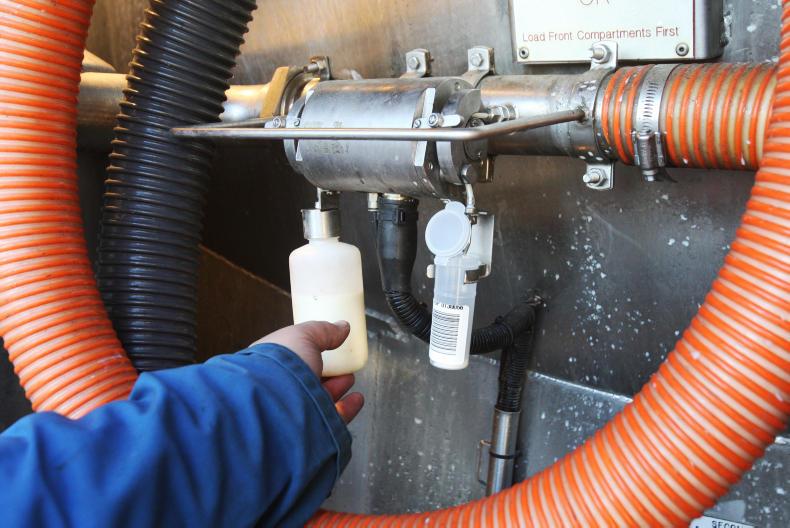
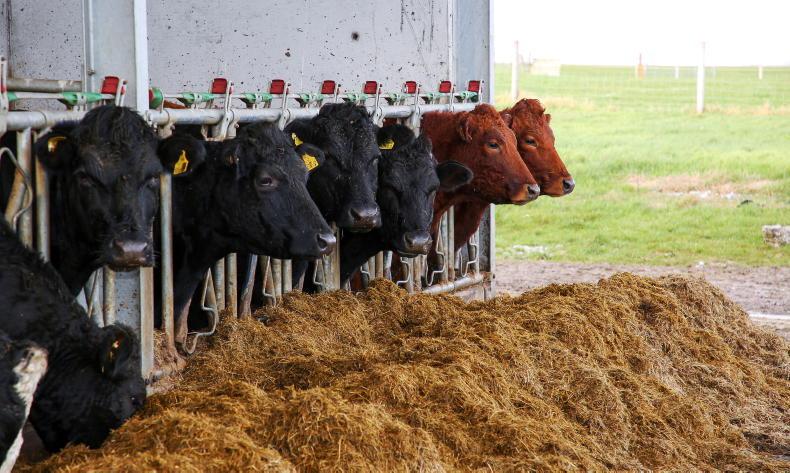

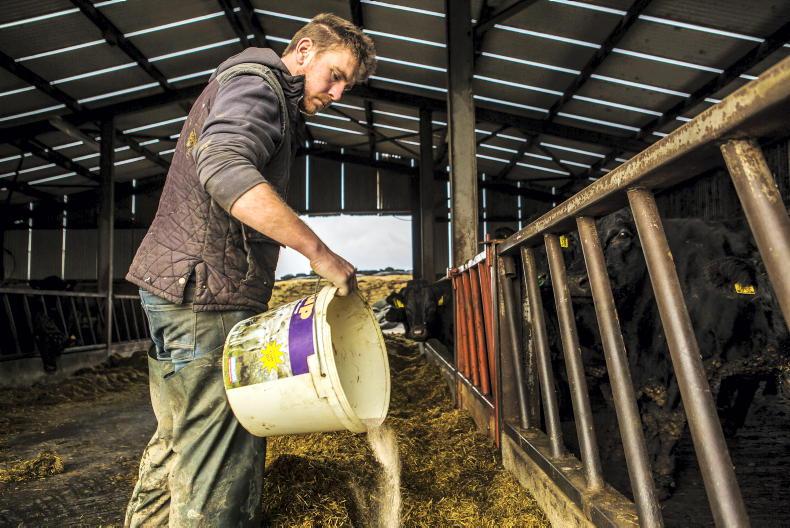
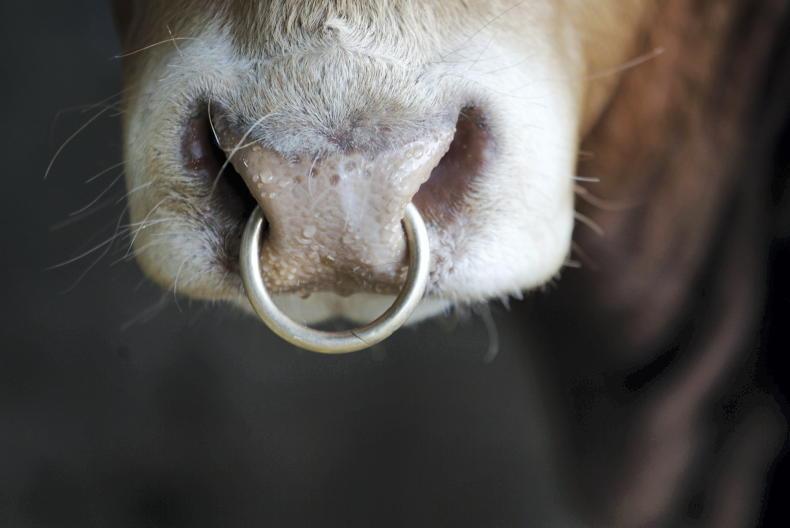
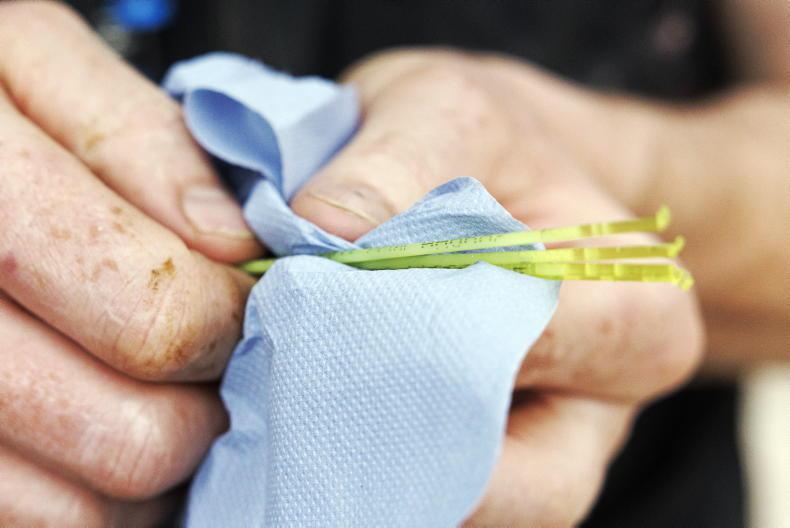
SHARING OPTIONS